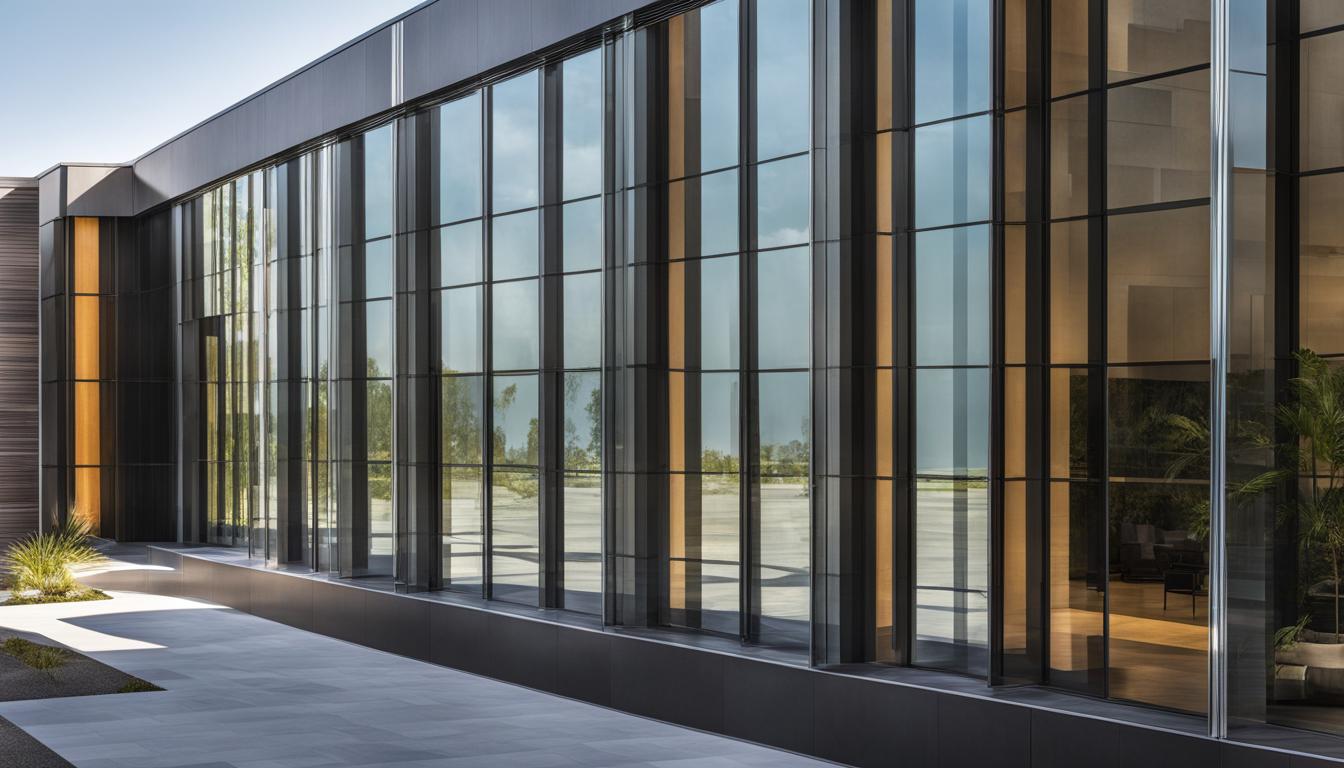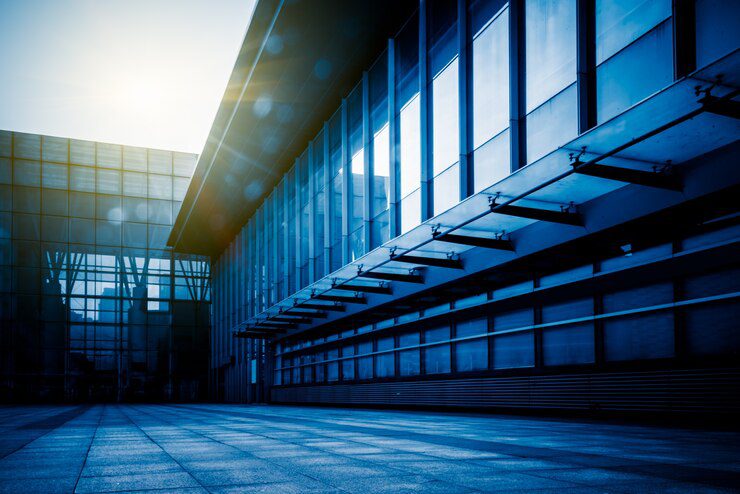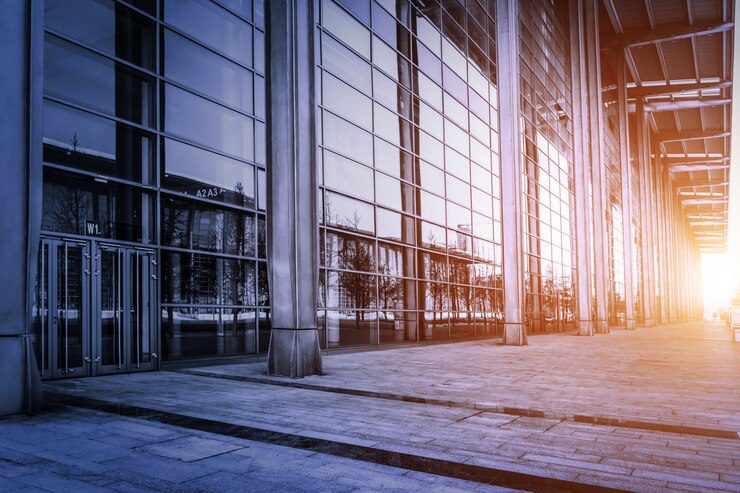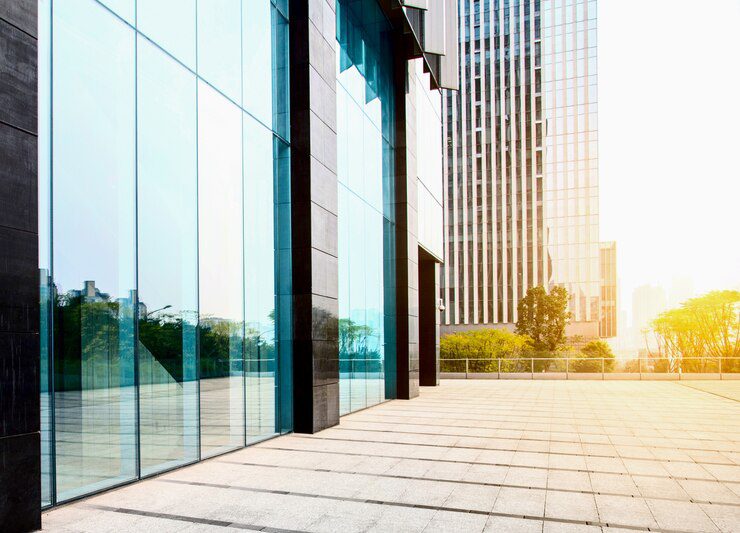>755 reviews

Choosing the right glass for a large commercial building is no small feat. It’s like picking the perfect outfit for a red-carpet event—what you choose will be judged by function, style, and practicality. But unlike an outfit, glass has to juggle safety, efficiency, and aesthetics all at once. Let’s dive deep and break down the process so you can make an informed decision.
Glass isn’t just a material—it’s a statement. For commercial buildings, glass shapes how a structure interacts with its surroundings and defines its personality. Whether it’s a sleek skyscraper or a sprawling office park, glass can make a building look modern, welcoming, and, dare we say, downright glamorous.
But looks aren’t everything. Glass also plays a practical role, impacting ventilation, insulation, and even how much you shell out in energy bills. It serves as a barrier between the controlled indoor environment and the wild, unpredictable world outside, so choosing the right type matters more than you might think. If you’re dealing with drafty panes or structural issues at home, exploring home window repair can be a good parallel starting point to understand glass performance on a smaller scale.

Picking the right glass is like assembling a puzzle where every piece has to fit perfectly. Here are some essential considerations:
Each factor contributes to the big picture, ensuring that the glass you choose isn’t just functional but also future-proof.
Glass isn’t just a pretty face—it’s an eco-warrior too (or at least it can be). Energy-efficient glass can slash energy consumption, keeping HVAC systems from working overtime. Imagine saving on bills while being kinder to the planet. A win-win, right?
Some options to consider:
By investing in energy-efficient glass, you’re essentially future-proofing your building against rising energy costs and stricter environmental regulations.
Not all glass is created equal—some types are as different as chalk and cheese. Here’s a quick rundown:
Each type has its pros and cons, so think about what your building needs most—strength, insulation, or perhaps a touch of futuristic flair? And for residential or traditional buildings where preservation is key, a professional wood window repair service may offer the balance between craftsmanship and performance that glass-only solutions can’t match.

Your building’s address can dictate the best glass choice. A sun-drenched building in Arizona? You’ll want glass that blocks heat. A chilly Canadian office? Insulation is your best friend.
By considering the local climate and environmental challenges, you can ensure your building remains functional and comfortable year-round.
When it comes to glass, the cheapest option isn’t always the best choice (and rarely is). But you also don’t need to blow your budget on gold-plated panes. The trick is finding the sweet spot between cost and quality.
Start by:
Remember, good glass is an investment. Spending a bit more upfront often pays dividends in longevity and performance.
The right glass doesn’t just look good—it feels good too. It can control how much light enters a space, creating a bright and welcoming atmosphere. Plus, natural light is a proven mood booster, making it a great perk for employees or tenants.
Types of glass that improve comfort:
By enhancing indoor comfort, glass contributes to a healthier and happier environment, which can even boost productivity in commercial settings.

Glass can last for decades—but only if it’s well-maintained. That sleek facade won’t stay clean and sparkling on its own, so factor in maintenance needs before making your choice.
Tips for longevity:
Low-maintenance glass might cost more upfront, but it saves time and money in the long run.
Even the best-laid plans can go awry if you’re not careful. Here are some common pitfalls to steer clear of:
Avoiding these missteps ensures your project stays on track, on budget, and on point.
Choosing the best glass for large commercial buildings requires careful consideration of energy efficiency, durability, aesthetics, and climate suitability. By making informed decisions, you can create a building that is not only visually stunning but also comfortable, sustainable, and cost-effective.
Contact us now for a free estimate and take the first step toward repairing your windows!
You May Also Be Interested In:
Please leave your contact details.
The manager will contact you shortly.